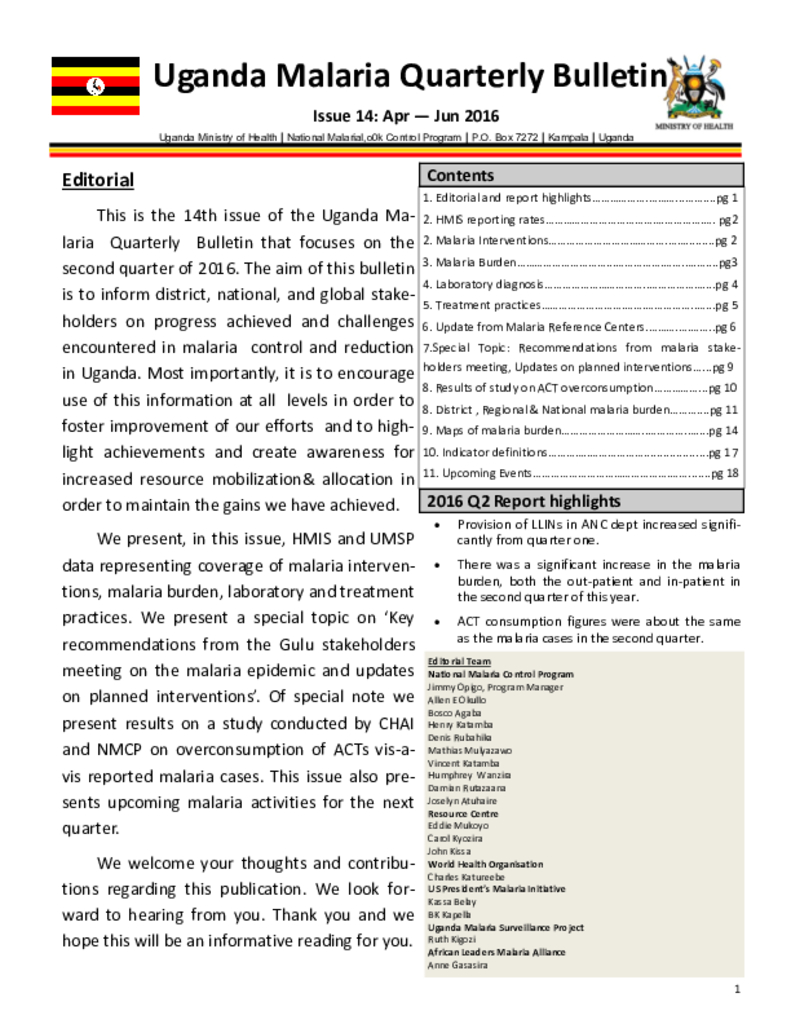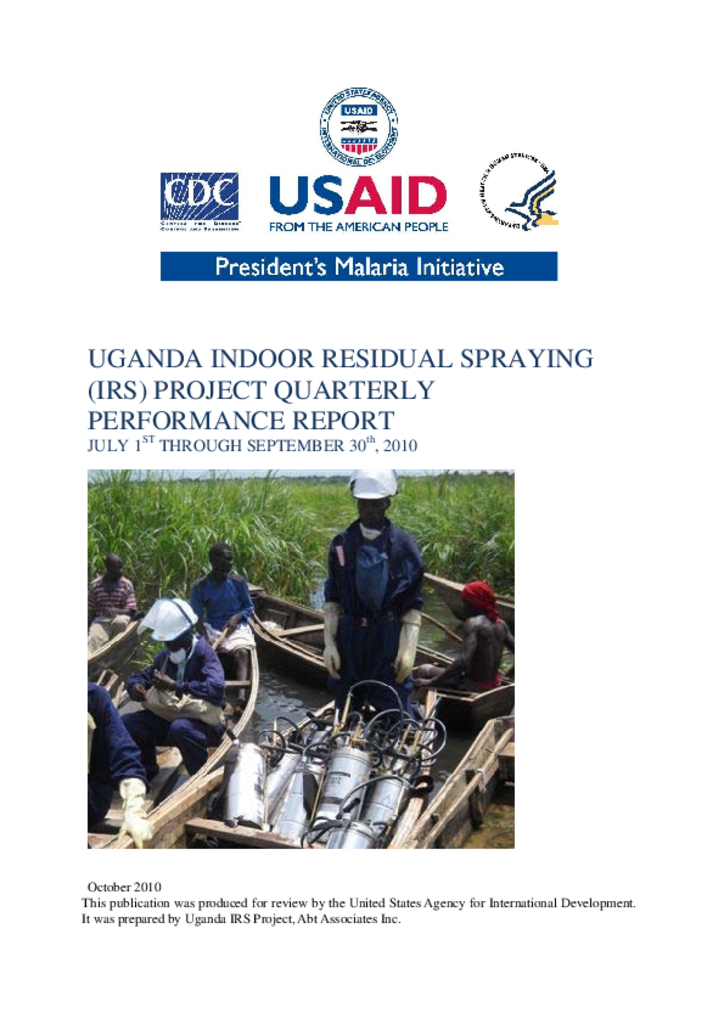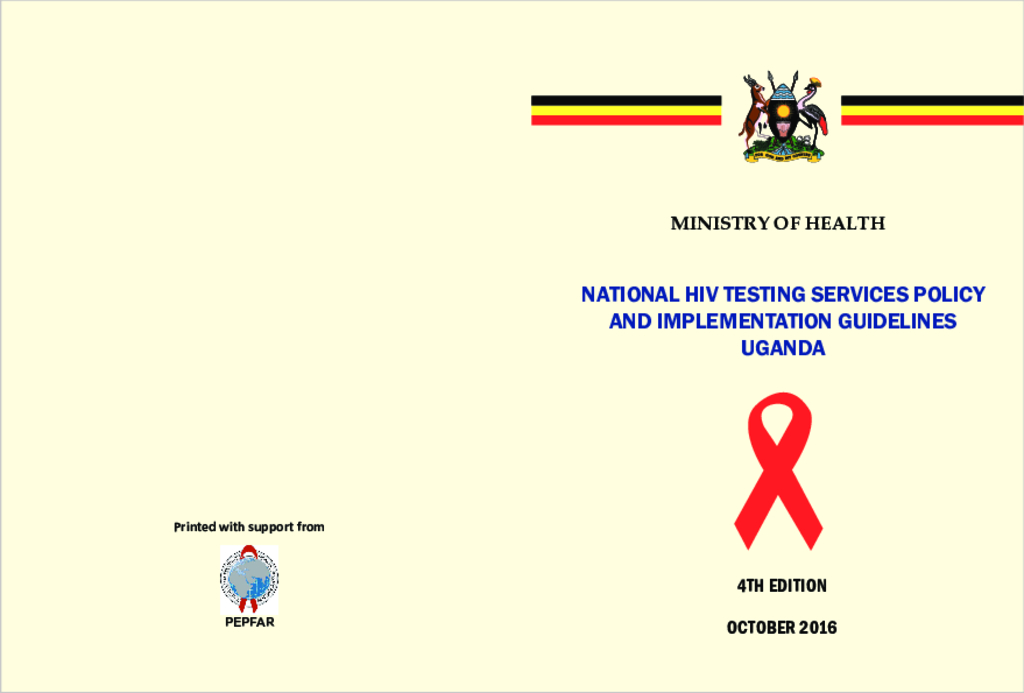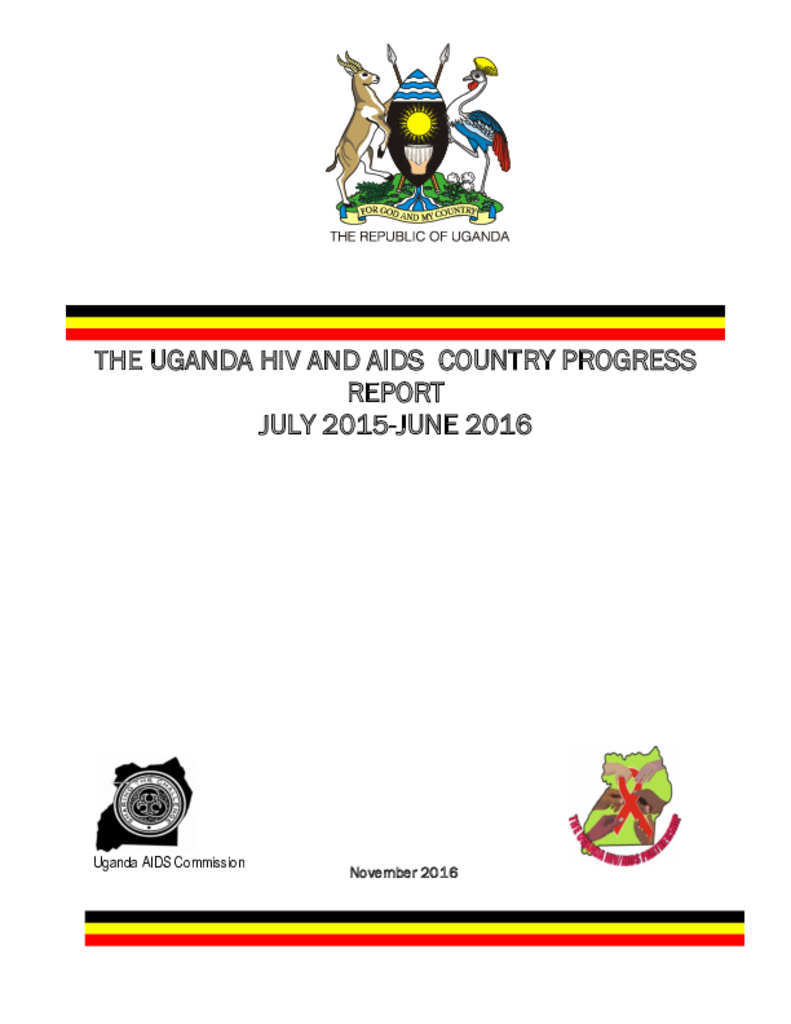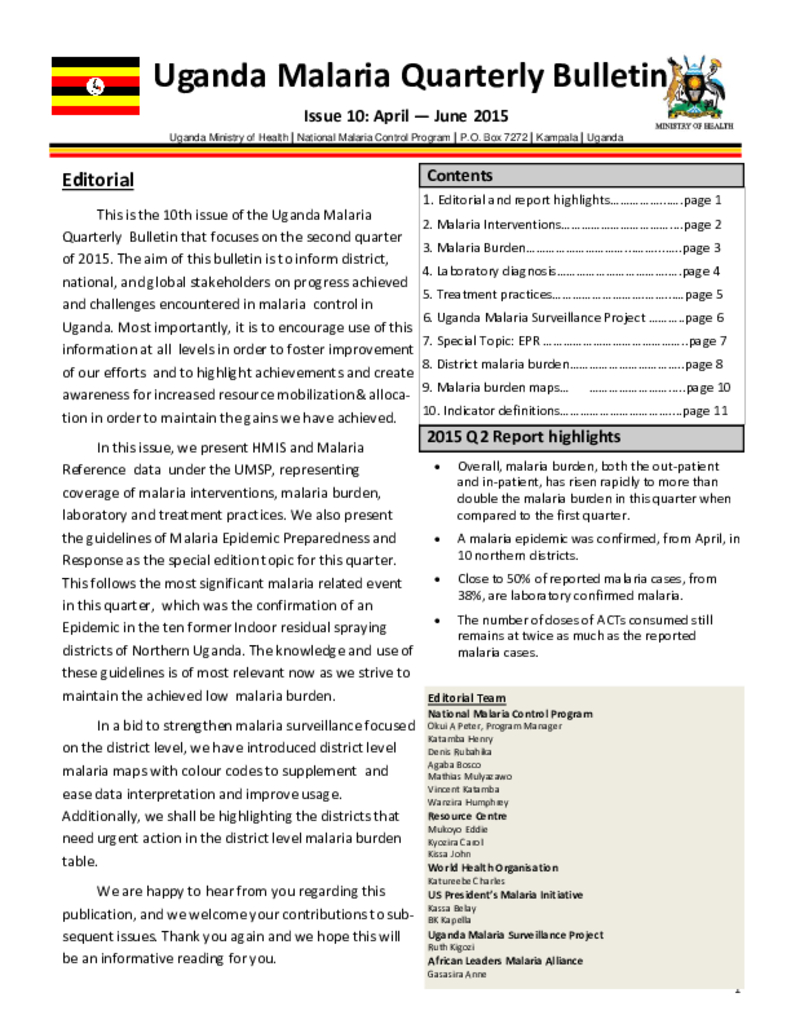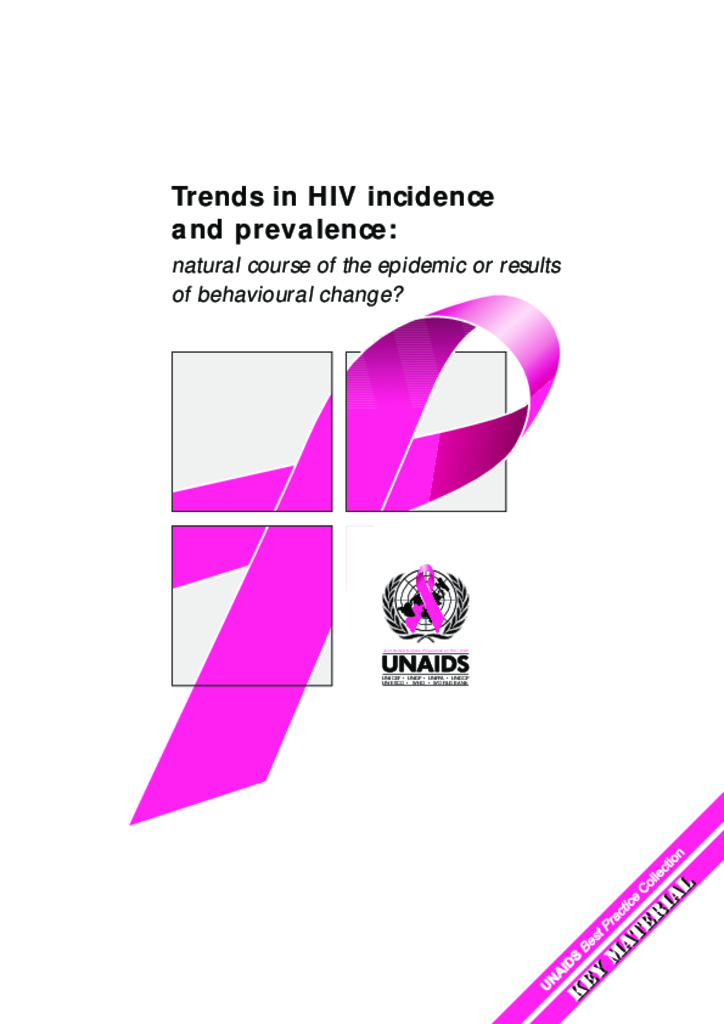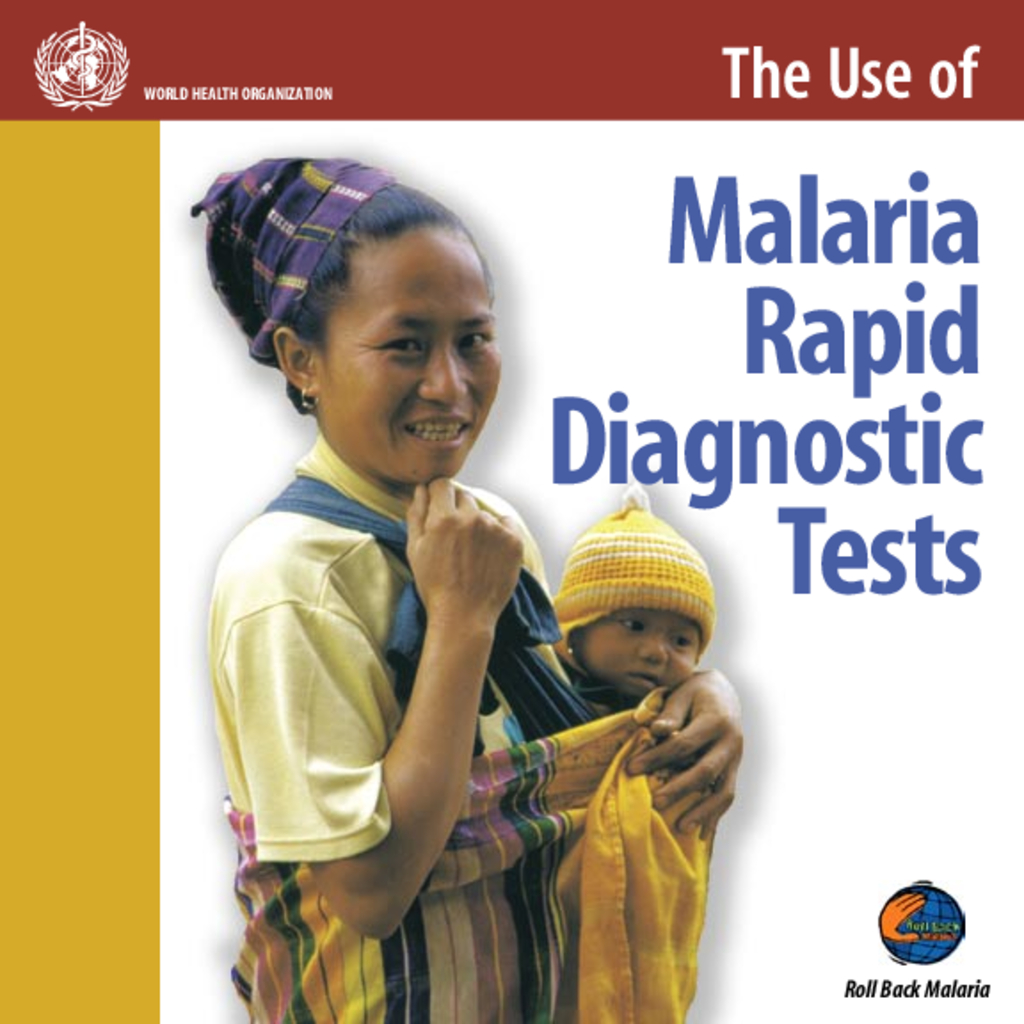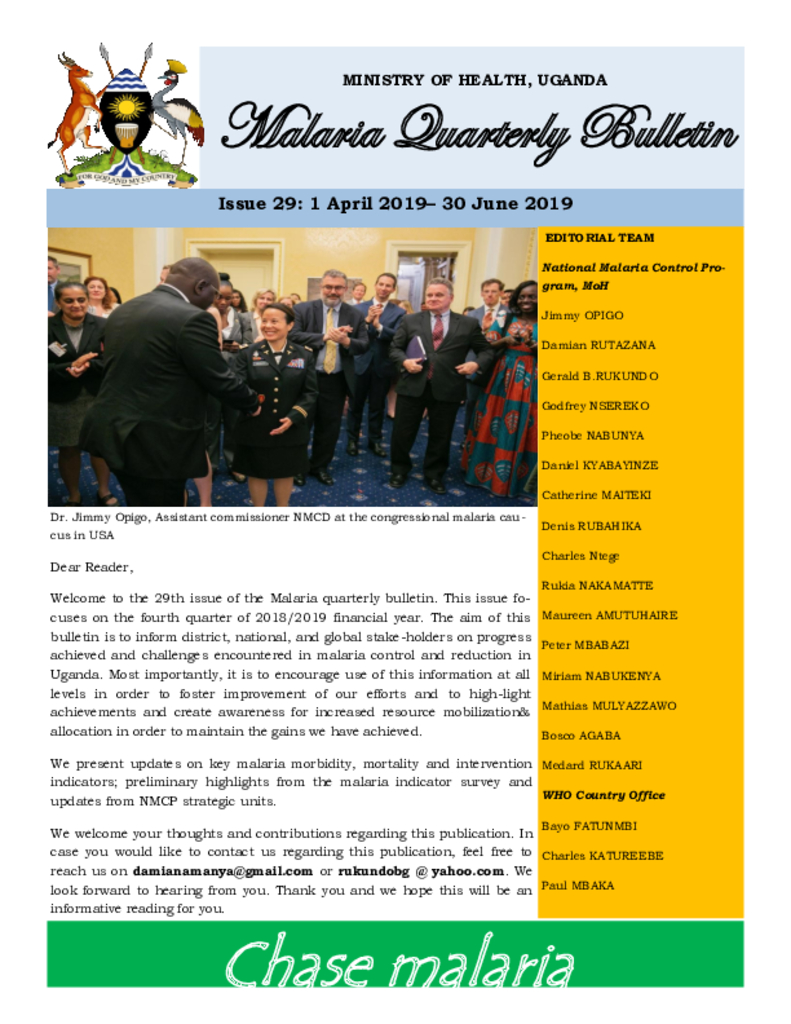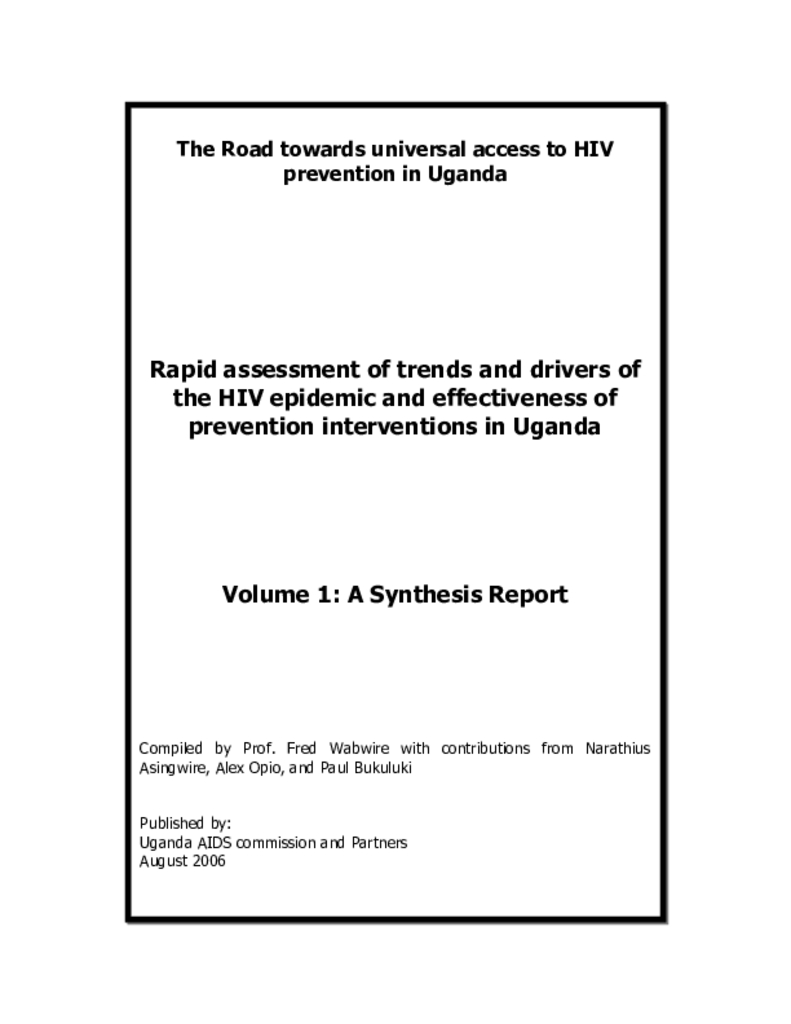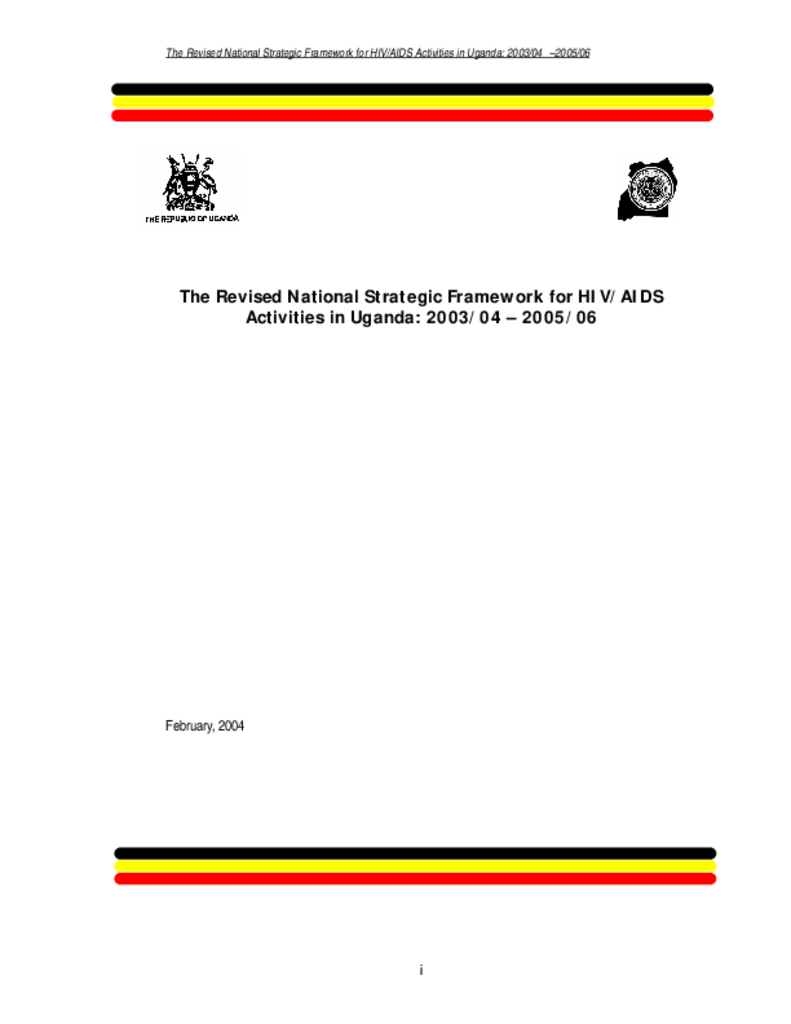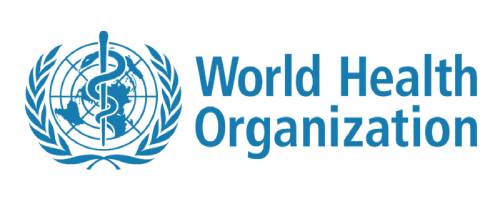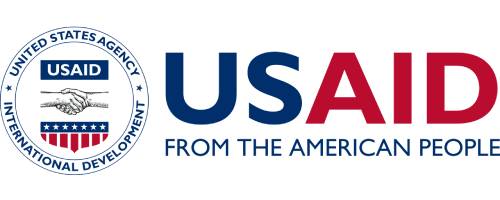This is the 14th issue of the Uganda Ma-laria Quarterly Bulletin that focuses on the second quarter of 2016. The aim of this bulletin is to inform district, national, and global stake-holders on progress achieved and challenges encountered in malaria control and reduction in Uganda. Most importantly, it is to encourage use of this information at all levels in order to foster improvement of our efforts and to high-light achievements and create awareness for increased resource mobilization& allocation in order to maintain the gains we have achieved
This is the 13th issue of the Uganda Ma-laria Quarterly Bulletin that focuses on the first quarter of 2016. The aim of this bulletin is to inform district, national, and global stake-holders on progress achieved and challenges encountered in malaria control in Uganda. Most importantly, it is to encourage use of this information at all levels in order to foster im-provement of our efforts and to highlight achievements and create awareness for in-creased resource mobilization& allocation in or-der to maintain the gains we have achieved
This report presents the Uganda Indoor Residual Spraying (IRS) Project’s progress in the fourth quarter of Year One (period covering July 1st through September 30th 2010). The report outlines the key project activities and achievements in the quarter, the challenges and constraints faced, lessons learned, innovative approaches and recommendations for future implementation.
The revised HTS policy and Implementation guidelines replace the 2010 Uganda HIV Counselling and Testing (HCT) Policy and National Implementation guidelines for HCT, 2010. It is informed by new evidence generated from implementation of HTS at international, regional and national levels as well as lessons and good practices from the East African region. Uganda has adopted the WHO terminology “HIV Testing Services (HTS)” to replace ‘HIV Counselling and Testing (HCT)’in order to incorporate all services aimed at ensuring delivery of high quality HTS.
The 2016 HIV and AIDS Country Progress Report 2016 is an assessment of progress made on the first year (2015/16) of the implementation of the National HIV/AIDS Strategic Pan (NSP), 2015/16 -2019/20). Progress has been assessed according to the four NSP thematic areas of HIV Prevention; Treatment, Care and Support; Social Support and Protection; and Systems Strengthening. The report is divided into six (6) sections. Also documented is the progress registered against the undertakings of the 2014 Joint AIDS Review, as well as, the proposed JAR undertakings for 2015/16.
This is the 10th issue of the Uganda Malaria Quarterly Bulletin that focuses on the second quarter of 2015. The aim of this bulletin is to inform district, national, and global stakeholders on progress achieved and challenges encountered in malaria control in Uganda. Most importantly, it is to encourage use of this information at all levels in order to foster improvement of our efforts and to highlight achievements and create awareness for increased resource mobilization& allocation in order to maintain the gains we have achieved
Both donor agencies funding HIV control programmes, and government agencies trying to bring about changes need to know whether their efforts are having an impact.
Malaria rapid diagnostic tests, sometimes called “dipsticks” or “malaria rapid diagnostic devices” (MRDDs), detect specific antigens (proteins) produced by malaria parasites. These antigens are present in the blood of infected or recently infected people. The RDT signifies their presence by a colour change on an absorbing nitrocellulose strip. Some RDTs can detect only one species (Plasmodium falciparum), usually by detecting either histidine-rich protein-2 (HRP2) or parasite-specific lactate dehydrogenase (pLDH). Some detect one or more of the other three species of malaria parasite which infect humans, by detecting various other antigens.
Malaria prevalence has reduced from 42% in 2009 to 19% in 2014 and is currently at 9% in 2018 according to the preliminary results from the malaria indicator survey (MIS). This period had an increase in cases and Test Positivity rate (TPR) compared to the same period in 2018. It also had an increased occurrence of malaria upsurges/epidemics which was attributed to largely the aging of nets and climatic changes
Uganda has the sixth highest number of annual deaths from malaria in Africa, as well as some of the highest reported malaria transmission rates in the world, with approximately 16 million cases reported in 2013 and over 10,500 deaths annually. In addition, malaria has an indirect impact on the economy and development in general. The socio-economic impact of malaria includes out-of-pocket expenditure for consultation fees, drugs, transport and subsistence at a distant health facility. These costs are estimated to be between USD 0.41 and USD 3.88 per person per month (equivalent to USD 1.88 and USD 26 per household).
Uganda has been heralded in the scientific media as one of the world's earliest and most compeling AIDS prevention success stories due its unprecedented HIV prevalence decline from 18% in 1992 to 6.2 in 2002
The National Strategic Framework (NSF) for HIV/AIDS Activities in Uganda was developed to cover the period 2000/01-2005/05. Late in 2003, a forward looking Mid Term Review (MTR) of the NSF was undertaken to assess progress and to identify gaps and emerging issues in implementation of the NSF. This culminated into the revision of the NSF for the period 2003/04-2005/06. This Revised National Strategic Framework for HIV/AIDS Activities in Uganda: 2003/04- 2005/06 is the resulting product
